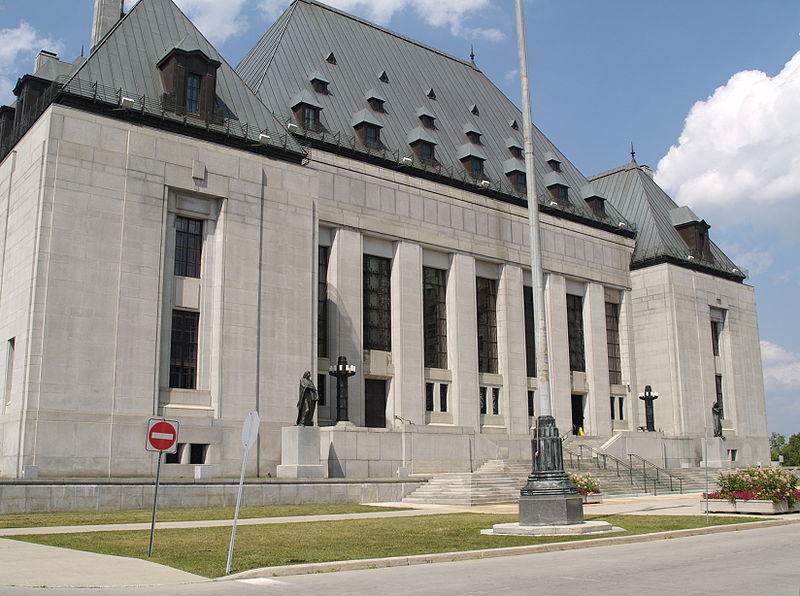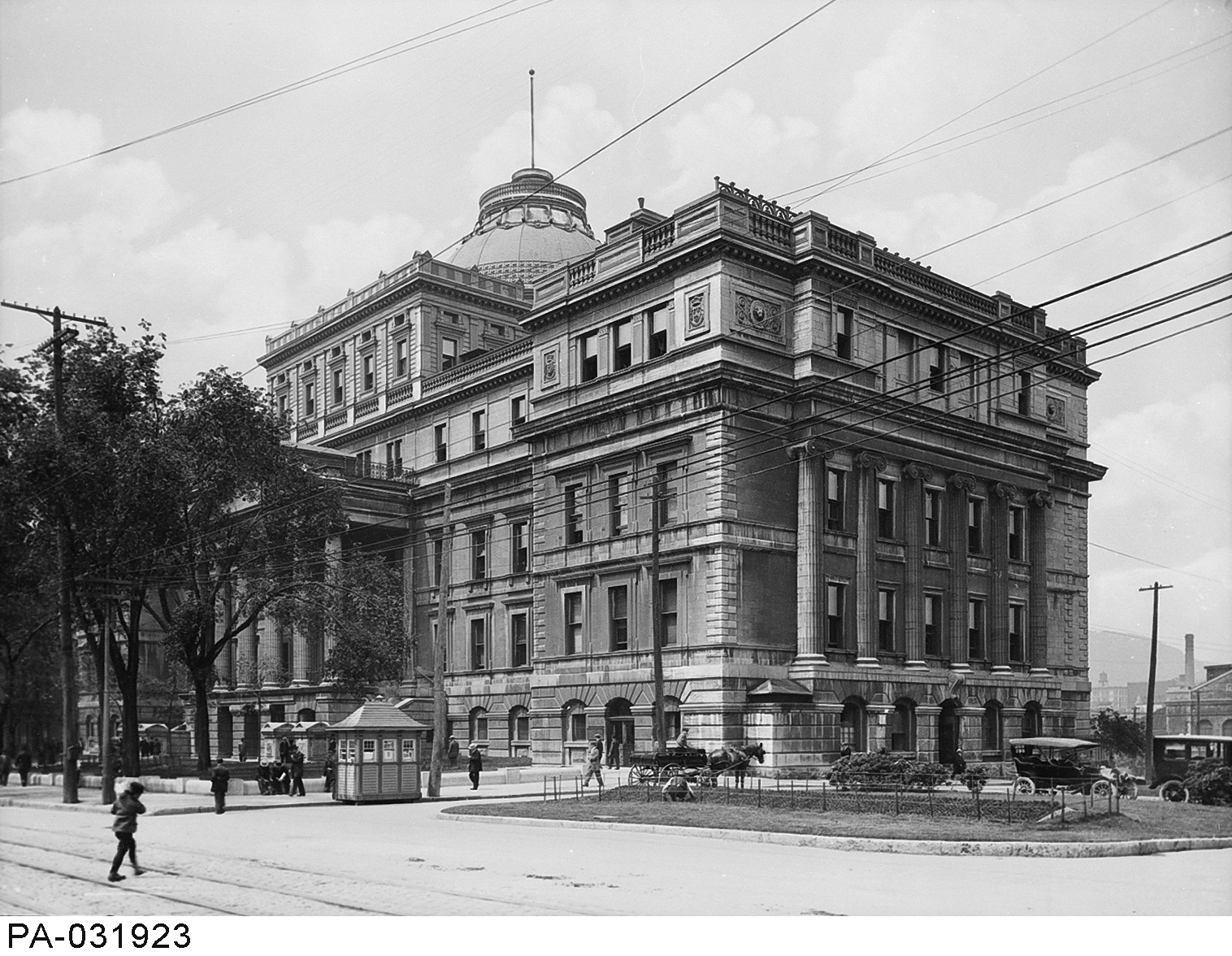A brief history of discrimination and human rights law in Canada.
In 1948, Maclean’s magazine published an article based on a test of forty-seven employers in Toronto. Two women with almost identical qualifications had applied for the same job. One gave her surname as Grimes, and the other used Greenberg. Grimes received forty-one job offers, Greenberg just seventeen. Employers routinely asked applicants about their race or nationality, religion, and place of birth. In 1951, when several Toronto employers were asked why they had no blacks on staff, explanations varied from “negroes are lazy” to “we never put them on milk routes because the ladies would complain,” “they couldn’t sell to a white person,” “if you had a nigger policeman dealing with white people you wouldn’t have confidence in him,” and “they can’t stand work with heavy stamping machines.” Few instruments better exemplify discrimination than restrictive covenants – agreements among a group of people to ban religious or racial minorities from purchasing property, usually houses, but also plots in a cemetery. The following restrictive covenant, for instance, was signed by a group of homeowners in an Ontario neighbourhood in 1951:
“The ownership of no lot on plan 269 and no part of the low-water beach aforesaid shall be transferred by sale, inheritance, gift or otherwise, nor rented, licensed to or occupied by any person wholly or partly of negro, Asiatic, coloured or Semitic blood, nor to any person less than four generations removed from that part of Europe lying south of latitude 55 degrees and east of longitude 15 degrees east. Relationship, however slight, to any class forbidden as aforesaid shall be deemed sufficient to prevent transfer to or occupancy by such persons of northern and western European descent, other than Jews. Such restrictions, however, shall not apply to bona fide domestic servants of actual occupants during the period of such occupancy. The land and premises herein described shall never be sold, assigned, transferred, leased, rented or in any manner whatsoever alienated to and shall never be occupied or used in any manner whatsoever by any person of the Jewish, Hebrew, Semitic, negro or coloured race or blood, it being the intention and purpose of the Grantor, to restrict the ownership, use, occupation and enjoyment of the said recreational development, including the lands and premises herein described to persons of the white or Caucasian race not excluded by this clause. No building shall be erected on these premises except by a person who is a white Gentile, nor by any limited company whose shareholders are not entirely Gentile.” [Clément 2014]
Several developments came together in the 1940s to produce a movement for anti-discrimination legislation to ban such acts. The Co-operative Commonwealth Federation’s (CCF) growing popularity forced a host of new issues onto the public agenda. Since adopting its founding program in 1933 (in the Regina Manifesto), the CCF had been an outspoken proponent of federal and provincial bills of rights, and by the 1940s it was an advocate for anti-discrimination legislation. Moreover, virulent manifestations of anti-Semitism made many political leaders uneasy: Jews were the targets of violence and they faced economic boycotts, bans on purchasing property, prohibitions on entering university programs, and restrictions on immigration. The Second World War served to further highlight the ugly consequences of anti-Semitic state policy. It did not take long for people to begin commenting on the fact that many of those who encountered prejudice at home had served their country faithfully on the battlefield. Canada’s own wartime record and its government’s vicious abuses of human rights before, during, and after the war rankled with many who might normally have opposed human rights legislation.
Still, politicians hesitated to act. For some people, anti-discrimination legislation represented an unwarranted restriction of the rights of merchants to operate their business (the “freedom of commerce” principle). This was certainly the predominant attitude in the courts, as a 1930s case revealed. In 1936, Fred Christie and two friends, Emile King and Steven St. Jean, entered the Montreal Forum’s York Tavern for a beer. As they sat down to order a drink, a waiter quietly informed them that they had to leave. The tavern was under new management, he explained, and the owners did not want blacks in the bar. Christie, a chauffeur and avid Montreal Canadians fan who had been to the tavern many times in the past, was indignant and refused to leave. Eventually, the police arrived and escorted Christie and his friends off the premises. Christie sued York Tavern, but the Supreme Court of Canada decided in favour of the merchant’s right to choose, not Christie’s right to be served. Such was the prevailing attitude toward racial minorities that Christie’s own lawyer did not even bother to question the assumption that whites did not want to eat and drink alongside blacks. A year later, the British Columbia Court of Appeal used the Christie case to sustain the right of a Vancouver hotel to refuse service to a black man because of his race. Although Chief Justice M.A. Macdonald applied the precedent “regretfully,” and Justice Cornelius O’Halloran vigorously dissented and insisted that “all British subjects have the same rights and privileges under the common law,” the Supreme Court of Canada’s Christie v. York decision remained binding until the 1960s.




